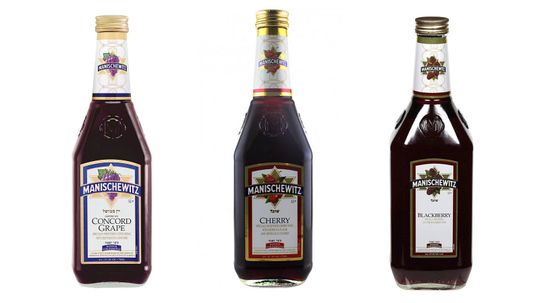Embarking on an exploration of the renowned Manischewitz wine, one is immediately captivated by its rich history and intriguing origins. This iconic beverage has garnered both praise and criticism throughout the years, leaving no room for indifference. Delving into its past reveals a tale that goes far beyond what meets the eye.
A Legacy Shrouded in Mystery
Manischewitz, often dubbed as “the not-so-great wine,” has been a staple at Jewish celebrations for over a century. Its journey began in 1888 when Rabbi Dov Behr Manischewitz arrived in America from Eastern Europe with dreams of crafting exceptional kosher wines. With unwavering determination, he established his winery in Cincinnati, Ohio.
Despite facing numerous challenges along the way, including Prohibition and changing consumer preferences, Manischewitz managed to thrive against all odds. The brand became synonymous with Passover seders and other religious festivities within Jewish communities across America.
An Artisanal Approach to Winemaking
What sets Manischewitz apart from other wines is its meticulous production process rooted in tradition and craftsmanship. Each grape used undergoes rigorous scrutiny to ensure it adheres to strict kosher standards set forth by Jewish dietary laws.
The grapes are carefully harvested at their peak ripeness before being transformed into juice through gentle pressing methods. Fermentation takes place under controlled conditions using specific yeast strains meticulously selected by experienced winemakers who have mastered this delicate art form over generations.
A Taste That Divides Opinion
While some oenophiles may dismiss Manischewitz due to its sweet profile or lack of complexity, it undeniably holds a special place in the hearts of many. Its distinctive flavors, ranging from concord grape to blackberry and cherry, evoke nostalgia and create lasting memories for those who have grown up with this beloved wine.
Furthermore, Manischewitz’s accessibility has allowed countless individuals to partake in Jewish traditions and celebrations without feeling excluded or overwhelmed by unfamiliar tastes. It serves as a bridge between cultures, fostering unity and understanding.
A Wine That Transcends Borders
Manischewitz’s influence extends far beyond its American roots. The brand has gained recognition worldwide as an ambassador of Jewish culture through its exportation efforts. From South America to Europe and even Asia, Manischewitz has found its way onto tables where diverse communities gather to celebrate their own customs.
This global reach not only showcases the universality of wine but also highlights the enduring power of tradition in an ever-changing world.
Celebrating Heritage Through Controversy
The story of Manischewitz is not without controversy. Some critics argue that its mass production methods compromise quality while others question whether it perpetuates stereotypes about kosher wines being inferior or overly sweet.
However, it is essential to recognize that Manischewitz represents more than just a bottle on a shelf; it symbolizes resilience, cultural pride, and the ability to adapt while staying true to one’s heritage. By embracing both praise and critique alike, we can engage in meaningful conversations about tradition versus innovation within winemaking practices.
An Ongoing Legacy
In conclusion, delving into the history behind Manischewitz reveals a captivating narrative filled with triumphs and challenges that have shaped this iconic wine brand over time. Whether you appreciate its unique taste or question its place in the world of wine, there is no denying the significant role Manischewitz has played in preserving Jewish traditions and fostering cultural connections.
So, next time you raise a glass of Manischewitz, remember that within its ruby depths lies a story that transcends borders and continues to captivate both hearts and palates around the globe.



